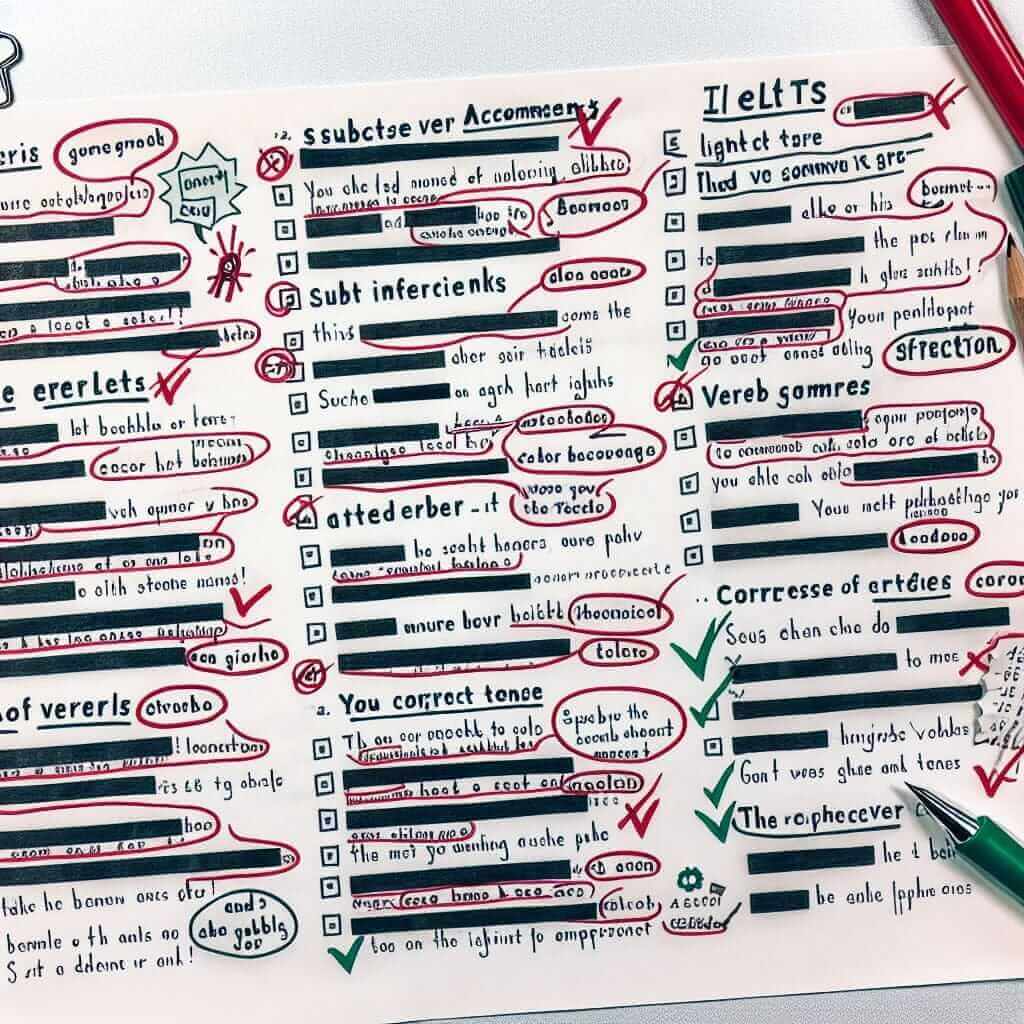Many IELTS candidates hope to impress examiners with complex grammatical structures. However, using advanced grammar incorrectly can actually lower your score. One common mistake is the phrase “it presents that.” This phrase might sound sophisticated, but it is grammatically incorrect and doesn’t exist in standard English.
Here are some examples of how this phrase is often misused and how to correct them:
Incorrect: The graph it presents that the number of students studying abroad has increased.
Correct: The graph presents that the number of students studying abroad has increased.
Correct: The graph shows that the number of students studying abroad has increased.
Incorrect: It presents that climate change is a serious threat in the report.
Correct: The report presents climate change as a serious threat.
Correct: The report indicates that climate change is a serious threat.
As you can see, the phrase “it presents that” is unnecessary and grammatically incorrect. Let’s explore why this is and how to use more suitable alternatives to express your ideas effectively in the IELTS exam.
Understanding the Issue with “It Presents That”
The problem with “it presents that” lies in the redundant use of the pronoun “it.” In English grammar, we typically use “it” as a subject pronoun to refer back to something already mentioned or to introduce an impersonal subject. However, in the phrases above, the real subject is the noun that follows (“graph,” “report”).
Using “it” before the actual subject creates an ungrammatical sentence structure. It also makes your writing sound awkward and unnatural.
Effective Alternatives to “It Presents That”
Instead of relying on this incorrect phrase, utilize stronger verbs and sentence structures to convey your meaning clearly. Here are some alternatives, along with their typical usage in different IELTS sections:
1. Verbs for Presenting Information:
| Verb | Example | IELTS Usage |
|---|---|---|
| show | The data shows a clear upward trend. | Describing trends in Writing Task 1 (graphs, charts, diagrams) |
| indicate | The report indicates a need for further research. | Summarising findings in Writing Task 2 |
| illustrate | This example illustrates the importance of education. | Providing examples in Speaking Part 3 |
| demonstrate | The study demonstrates a correlation between the two factors. | Presenting evidence in Writing Task 2 |
| reveal | The survey revealed surprising results. | Describing findings in Writing Task 1 (tables, surveys) |
2. Alternative Sentence Structures:
Instead of starting with “it presents that,” restructure your sentences for better flow and clarity.
Example:
Incorrect: It presents that social media has a significant impact on youth culture.
Correct: Social media has a significant impact on youth culture, as evidenced by…
Correct: The influence of social media on youth culture is undeniable…

Common IELTS Grammar Mistakes and How to Avoid Them
Mastering grammar is essential for achieving a high band score in the IELTS exam. Here are some other frequent errors made by test-takers:
1. Subject-Verb Agreement:
Error: The number of tourists are increasing.
Correct: The number of tourists is increasing.
Analysis: “Number” is singular, so it needs a singular verb form.
2. Article Misuse:
Error: I have a good news for you!
Correct: I have good news for you!
Analysis: “News” is an uncountable noun and doesn’t take the indefinite article “a.”
3. Incorrect Tense:
Error: I am living in London since 2015.
Correct: I have been living in London since 2015.
Analysis: Use the present perfect continuous tense for actions that started in the past and continue to the present.
Conclusion
Avoiding common grammatical errors, such as the use of “it presents that,” is crucial for achieving a high IELTS band score. Focus on using grammatically correct language, a variety of vocabulary, and clear sentence structures to effectively communicate your ideas. By studying grammar rules and practicing regularly, you can improve your accuracy and boost your confidence on the day of your exam. Remember, clear and accurate language is far more impressive than attempting to use complex structures incorrectly.